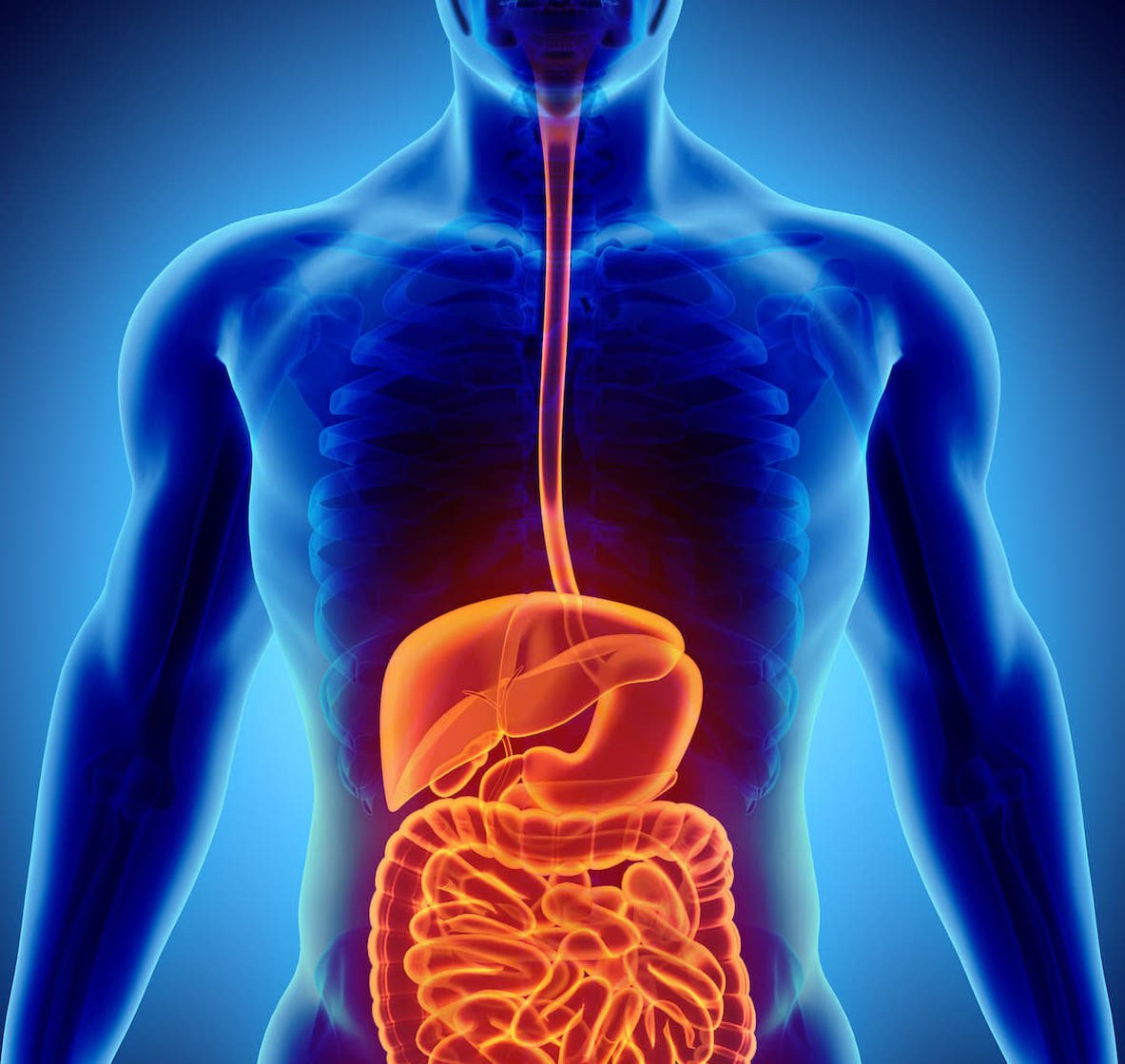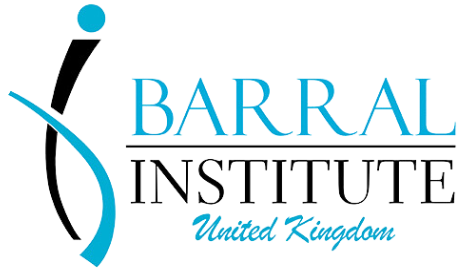
Visceral Manipulation: Abdomen 1 (VM1)
Course Length: 4 Days, 24 Hours course time
Synopsis: In VM1 you will study the models and theories of functional biomechanics as viewed from Barral's innovative approach.
Course Highlights:
Learn manual skills to locate, evaluate and normalize primary areas of dysfunction within the abdominal cavity.
Explore the dynamics of motion and suspension in relation to organs, membranes and ligaments.
Examine the relationship of organs and structural or neuromusculoskeletal dysfunction.
Assess the quality of functional activity and somatic structures as they relate to an overall pattern.
Prerequisite: Experience with sensitive, light-touch palpation
Required Advance Reading: Visceral Manipulation by Jean-Pierre Barral, RPT, DO; Atlas of Human Anatomy by Frank Netter, MD, or A Regional Atlas of the Human Body by Carmine Clemente.
Visceral Manipulation: Abdomen 2 (VM2)
Course Length: 4 Days, 24 Hours course time
Synopsis: In Visceral Manipulation: Abdomen 2 you will expand on the functional anatomy, hand placements and techniques you learned in Visceral Manipulation: Abdomen 1 to give you a deeper understanding of the abdominal cavity and its relationship to the cranial and thoracic cavities.
Course Highlights:
Explore the deeper structures within the abdominal cavity, focusing on the kidneys, pancreas, spleen, greater omentum, peritoneum, and their connective or suspensory tissues.
Learn about the concept of restriction planes, mobility and motility.
Begin to incorporate multiple long-lever techniques into your VM work.
Participate in supervised, hands-on sessions that guide you through specific techniques for locating and evaluating each organ, along with the effects and contraindications.
Prerequisite: VM1 (Abdomen 1)
Required Advance Reading: Visceral Manipulation II by Jean-Pierre Barral, RPT, DO.
Visceral Manipulation: Pelvis (VM3)
Course Length: 4 Days,24 Hours course time
Synopsis: Visceral Manipulation: The Pelvis (VM3) studies the relationship between functional and structural mechanics of the pelvis.
Course Highlights:
Learn to identify, receive and conduct Jean-Pierre Barral’s method of evaluation and treatment for the organ systems of the pelvic cavity, including the integration of the pelvic organs with the complex ligament systems of that body region.
Discover techniques for differentiating between somatic and visceral causes for pelvic and low back problems.
Discover how to integrate the pelvic organs with the complex ligament systems of the body region.
Explore additional principles of direct and indirect approaches and their appropriate applications.
Integrate the pelvis into the body with principles of Lines of Tension.
Prerequisite: VM2 (Abdomen 2)
Required Advance Reading: Urogenital Manipulation, by Jean-Pierre Barral, RPT, DO.
Visceral Manipulation: Thorax (VM4)
Course Length: 4 Days, 24 Hours course time
Synopsis: After taking Visceral Manipulation: Abdomen 1 and 2, you've become acquainted with the feel of the different abdominal organs and local restrictions. In the Thorax workshop, you'll take an expanded look at the functional biomechanics of the thoracic cavity. You'll also explore the relationship between the hard frame and soft frame with its countless articulations for respiration, circulatory requirements and upper body movement patterns.
Course Highlights:
Explore visceral fascia of the throat and thoracic cavity.
Review the anatomy, biomechanics and function of the thoracic organs.
Study the biomechanics of the cervical, thoracic, rib cage and shoulder girdle complex.
Learn techniques to release the soft tissue components of the thoracic inlet and hyoid apparatus.
Practice listening techniques within the thoracic activity.
Understand practical integration of the thoracic cavity organs.
Learn integration of the thoracic organs with the complex ligament systems of that body region.
Discover techniques for differentiating between somatic and visceral causes for thoracic and spinal problems.
Special Focus on Pleura, Lungs, Pericardium, Heart, Mediastinum, Thyroid, Trachea, Oesophagus, Sternum, Rib Cage and Thoracic Plexuses.
Prerequisite: VM2 (Abdomen 2) .
Required Advance Reading: The Thorax, by Jean-Pierre Barral, RPT, DO.
Visceral Manipulation: Manual Thermal Evaluation and Introduction to VisceroEmotional (VM5)
Course Length: 4 Days, 24 Hours course time
Synopsis: VM5 studies the use of Manual Thermal Evaluation to evaluate and improve organ functions.
Course Highlights
Learn the use of Manual Thermal Evaluation to find restrictions and organ dysfunction in the body.
Explore the synchronicity between the body and brain, and how that affects the health of a person.
Discover how the brain uses the internal organs to discharge and express excess energy (often of emotional origin) and how that affects structural integrity.
Practice working with energy loss, locating structural restrictions contributing to pain, and managing a therapeutic session.
Prerequisite: VM3 (The Pelvis) and VM4 (The Thorax).
Required Advance Reading: Manual Thermal Evaluation by Jean-Pierre Barral, RPT, DO and Understanding the Messages of Your Body by Jean-Pierre Barral, RPT, DO.
Visceral Manipulation: VisceroEmotional Relationships (VM6)
Course Length: 3 Days, 18 Hours course time
Synopsis: Explore in depth the connections between our organs and our emotions.
Course Highlights
Explore the body and the organism, physical energy, psychoemotional energy and release techniques all with respect to Jean Pierre Barral’s unique visceral approach.
Discover all three levels of Manual Thermal Evaluation, active and passive tissue emotional liberation, and psychoemotional liberation.
Understand the Chicken-or-Egg Syndrome in relation to organ dysfunction and emotions.
Learn how to break the visceroemotional cycle through Visceral Manipulation.
As a workshop that would typically be offered at the post-graduate level, this course engages course participants in a dynamic exchange of information tailored to advanced skills.
Prerequisite: VM5 (Manual Thermal Evaluation and Introduction to VisceroEmotional).
Required Advance Reading: Understanding the Messages of Your Body by Jean-Pierre Barral, RPT, DO.
Visceral Manipulation Certification
-
PLEASE CONTACT BARRAL INSTITUTE UK TO REGISTER FOR YOUR CERTIFICATION
There are 2 levels of Visceral Manipulation Certification.
After levels VM1-4 & LT1 there is the Techniques Certification, after levels VM5&6 there is the Diplomate Certification.
Synopsis:
Earn your certification in Visceral Manipulation from the Barral Institute - and assure patients your training comes straight from the source – Jean-Pierre Barral.Visceral Manipulation Certification through the Barral Institute is much more than a credential.
The VM Certification credential establishes you as a dedicated professional with the knowledge and skills to uphold high standards of excellence.
VM Certification increases your networking and referral status, as your colleagues and potential clients see your commitment to excellence.
-
Certification Highlights:
Ensures a deep understanding of anatomy, physiology and Visceral Manipulation Therapy techniques.
Helps preserve the right of qualified healthcare professionals to practice Visceral Manipulation
Demonstrates your commitment to excellence and enhances your networking and referral status.
Paves the way to future healthcare legislation, licensing and insurance reimbursements.
Techniques Certification: Allows you to use the professional designation "CVTP" in your title.
Requirements:
1. Successfully complete the following seminars:
Visceral Manipulation: Abdomen 1 (VM1)
Visceral Manipulation: Abdomen 2 (VM2)
Visceral Manipulation: The Pelvis (VM3)
Visceral Manipulation: The Thorax (VM4)
Listening Techniques 1 (LT1)
2. Successfully complete a Techniques-level at-home objective exam for each class level.
3. Submit five (5) case write-ups following the required format.
4. Successfully complete a practical /oral /written exam with a Certified BI Examiner that tests your ability to understand and apply VM techniques from class levels VM1-VM4.
Note: Visceral Manipulation Certification through the Barral Institute certifies a person’s abilities in Visceral Manipulation (VM). Since certification does not provide a legal right to practice, a person must have the appropriate credential and/or license to practice manual therapy in their area.
-
Visceral Manipulation Practitioner Certification (CVMP)
Certification Highlights:
• Ensures a deep understanding of anatomy, physiology and Visceral Manipulation Therapy techniques.
• Helps preserve the right of qualified healthcare professionals to practice Visceral Manipulation
• Demonstrates your commitment to excellence and enhances your networking and referral status.
• Paves the way to future healthcare legislation, licensing and insurance reimbursements.
• Diplomate Certification: Allows you to use the professional designation "CVMP" in your title.
Requirements:
1. Successfully complete the following seminars:
• Visceral Manipulation: Manual Thermal Evaluation and Introduction to VisceroEmotional (VM5)
• Visceral Manipulation: VisceroEmotional Relationships (VM6)
2. Successfully complete at-home objective exam for each class level.
3. Submit ten (10) case write-ups following the required format.
4. Successfully complete a practical/oral/written exam with a Certified BI Examiner that tests your ability to understand and apply VM techniques from class levels VM5-VM6.
Notes: Visceral Manipulation Practitioner Certification includes Techniques Level. Techniques Certification must be successfully completed before sitting for the practical/oral exam of the Visceral Manipulation Practitioner Level, or a person may take the Techniques and Visceral Manipulation Practitioner Level practical/oral/written exams at the same time.
Visceral Manipulation Certification through the Barral Institute certifies a person’s abilities in Visceral Manipulation (VM). Since certification does not provide a legal right to practice, a person must have the appropriate credential and/or license to practice manual therapy in their area.




